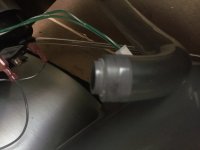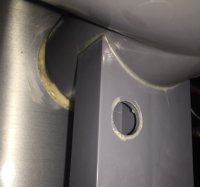HTP's Phoenix line of water heaters has been around for a decade or more now, with incremental improvements along the way. In recent years I've only read (via internet) of one that arrived DOA that had to be returned, and it wasn't clear if it was truly defective or installer error. The Phoenix Light Duty series are equivalent to their bigger sisters in every respect but burner size.
The modulating output has make the Phoenix and Phoenix Light Duty fairly popular "combi boiler" solutions for doing both hot water and space heating using hydro-air coils for ducted systems, or micro-zoning room by room with hydronic fan coils running off the water heater. With appropriately sized hydro-air or fan coils there's usually enough burner capacity left over to still provide enough domestic hot water for most 1-2 bathroom houses, even with all zones calling for heat.
A careful heat load calculation is required to make this work- oversizing the coils can take more heat out than is going in, but most reasonably tight ~1800-2500' houses in the US have design heat loads less than 40,000 BTU/hr, leaving the rest of the burner capacity available for domestic hot water. A typical 50 gallon standalone tank has a 40K burner operating at 80% combustion efficiency for about 32K going into the water. The condensing 76K burner of the LD has over 70K of output- a heating system drawing less than 40KBTU/hr isn't going to outrun the burner, and the hot water delivery & recovery times will be no worse than a typical standalone.
The modulating output has make the Phoenix and Phoenix Light Duty fairly popular "combi boiler" solutions for doing both hot water and space heating using hydro-air coils for ducted systems, or micro-zoning room by room with hydronic fan coils running off the water heater. With appropriately sized hydro-air or fan coils there's usually enough burner capacity left over to still provide enough domestic hot water for most 1-2 bathroom houses, even with all zones calling for heat.
A careful heat load calculation is required to make this work- oversizing the coils can take more heat out than is going in, but most reasonably tight ~1800-2500' houses in the US have design heat loads less than 40,000 BTU/hr, leaving the rest of the burner capacity available for domestic hot water. A typical 50 gallon standalone tank has a 40K burner operating at 80% combustion efficiency for about 32K going into the water. The condensing 76K burner of the LD has over 70K of output- a heating system drawing less than 40KBTU/hr isn't going to outrun the burner, and the hot water delivery & recovery times will be no worse than a typical standalone.


